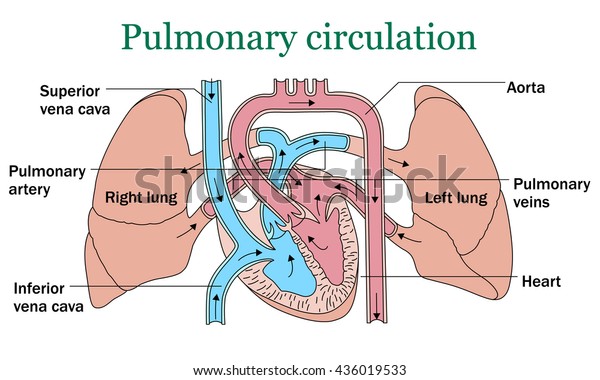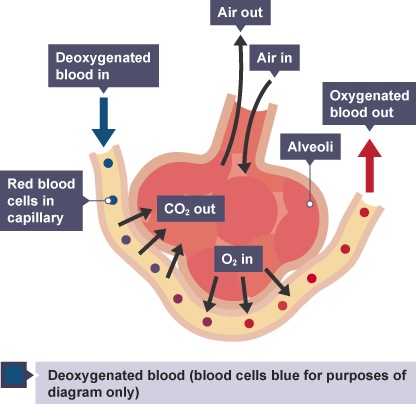Respiration and Breathing
Humans and Diseases - 10SCIE
Finn Le Sueur
2024
Stop after 3min.
Ngā Whāinga Ako
- Describe the composition of air and how this changes during breathing
- Explain how the respiration system works
- Describe and explain the function of the lungs, bronchioles, alveoli
Write the date and te whāinga ako in your book
Recall: Respiration
- Pātai: What is respiration?
- Respiration is the process that all organisms do to create energy for life (MRS C GREN)
- Pātai: What is needed to do
respiration?
- Oxygen and sugar are necessary for respiration
- Pātai: What are the byproducts of
respiration?
- Carbon dioxide, water and energy are produced by respiration
Respiration as an Equation
\[\begin{aligned} sugar + oxygen &\rightarrow carbon\ dioxide + water + energy \newline C_{6}H_{12}O_{6} + 6O_{2} &\rightarrow 6CO_{2} + 6H_{2}O + energy \end{aligned}\]- Pātai: How do we get sugar for
respiration?
- We get sugar for respiration from food
- Pātai: How do we get oxygen for
respiration?
- We get oxygen for respiration from breathing
- Pātai: How does oxygen from the
air get to our cells?
Oxygen from the air we breathe is absorbed into our blood via structures in our lungs.

Comparison/Whakatairite: Inhaled vs Exhaled Air
Make two small columns in your book titled Inhaled and Exhaled
- Inhaled
- High oxygen concentration
- Low water concentration
- Low carbon dioxide concentration
- Exhaled
- Low oxygen concentration
- Higher water concentration
- High carbon dioxide concentration
The Anatomy of Breathing
- Air enters your trachea (windpipe) through your mouth
- Your trachea splits into two bronchi - one bronchus for each lung
- Inside the lung, each bronchus splits into many bronchioles
- Each bronchiole attaches to a tiny inflatable air sac called an alveoli
Adaptations of Alveoli
- Each alveoli is surrounded by capillaries which
allow \(O_{2}, CO_{2}\) and \(H_{2}O\) to diffuse
- Alveoli are tiny to increase surface area for maximum diffusion
- Alveoli have a moist walls to maintain their shape and allow diffusion of gases
- Alveoli have a wall one cell thick to allow gas diffusion
